Are you more of a Kangaroo, beaver, or… unicorn? See how you relate to different national animals for hints on where to go next!
Every place has its own culture, identity, and attractions, so there’s a lot of research that goes into picking your next trip. But one quick way to see how a country thinks of itself? Their national animal! In America, a soaring bald eagle represents strength and freedom, and national animals around the globe hint at what each place values.
So, just like picking your travel personality to help determine your travel crew, finding what national creature you align with can help you book your next adventure.
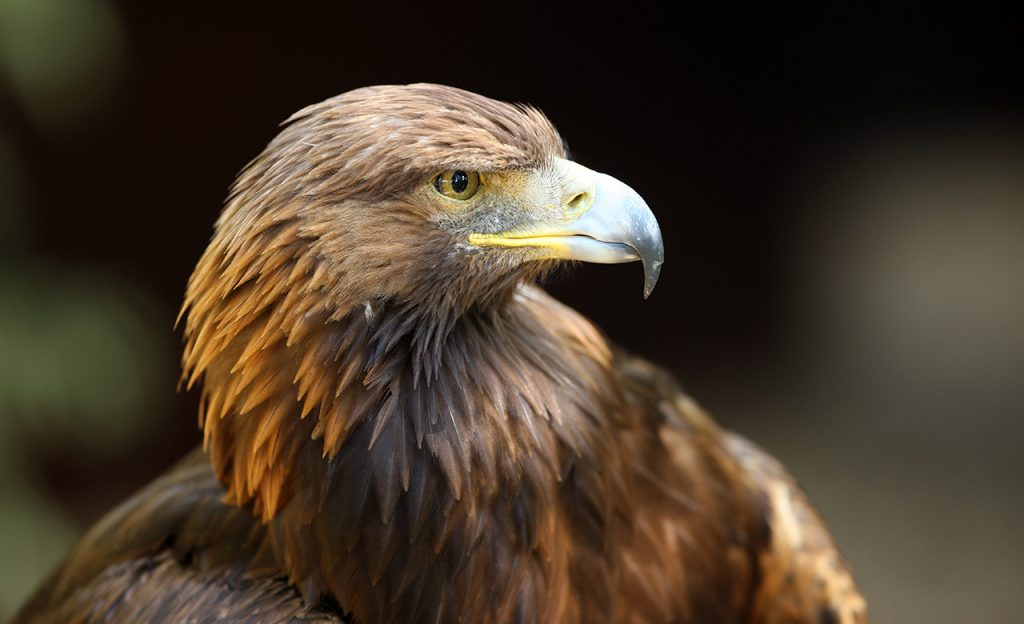
Golden Eagle: Mexico
Attributes: Connects with history, legends, and ancient culture
If you’re into legends and history, the Golden Eagle is for you. It’s on the Mexican flag and coat of arms, sitting on a cactus while eating a serpent. Why? According to Aztec legend, the gods told the Tenochtitlan people to build their city when they saw the sign of the eagle and serpent. They found it on a lake that’s now present-day Mexico City.
Like so much of Mexican culture, this bird connects to ancient civilizations. The other major group were the Mayans, further east, who created chocolate and tamales, and built incredible pyramids by hand near Cozumel.
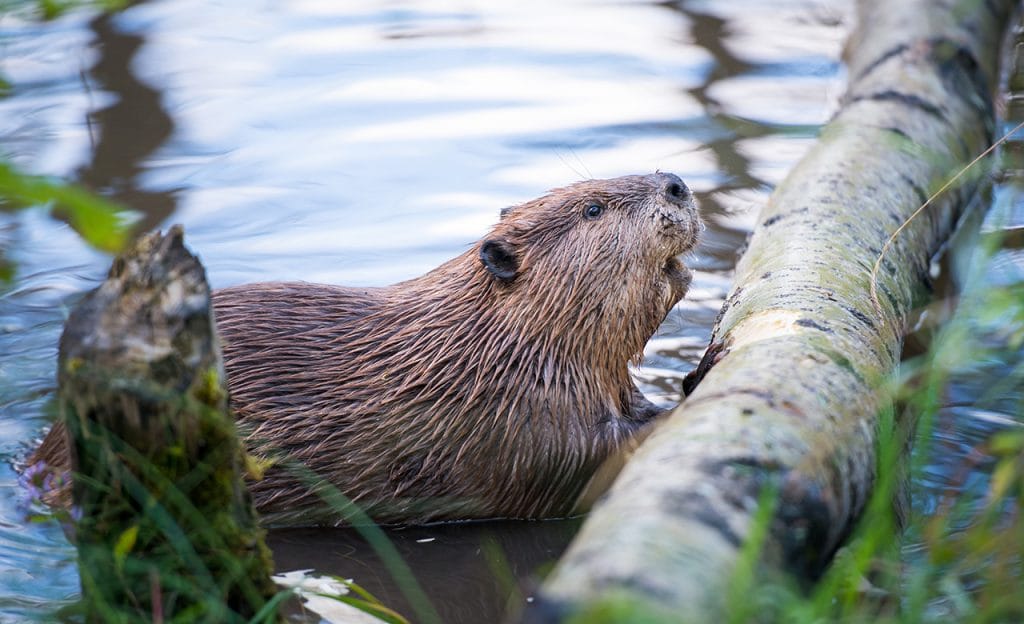
Beaver: Canada
Attributes: Loves to swim, enjoys cool weather, will do anything for water views
If you connect with the beaver, there are plenty of Canadian cities with water at their heart! Visit Halifax to experience the natural harbor that’s welcomed ships from across the globe for centuries.
Beavers are excellent swimmers and spend most of their time around water—that’s why they build their “lodges” in lakes and rivers. If you think that sounds like a nice life, check out Saint John with its river winding through the city and the Bay of Fundy nearby. And don’t miss the seaport of Vancouver if you venture to the west coast.
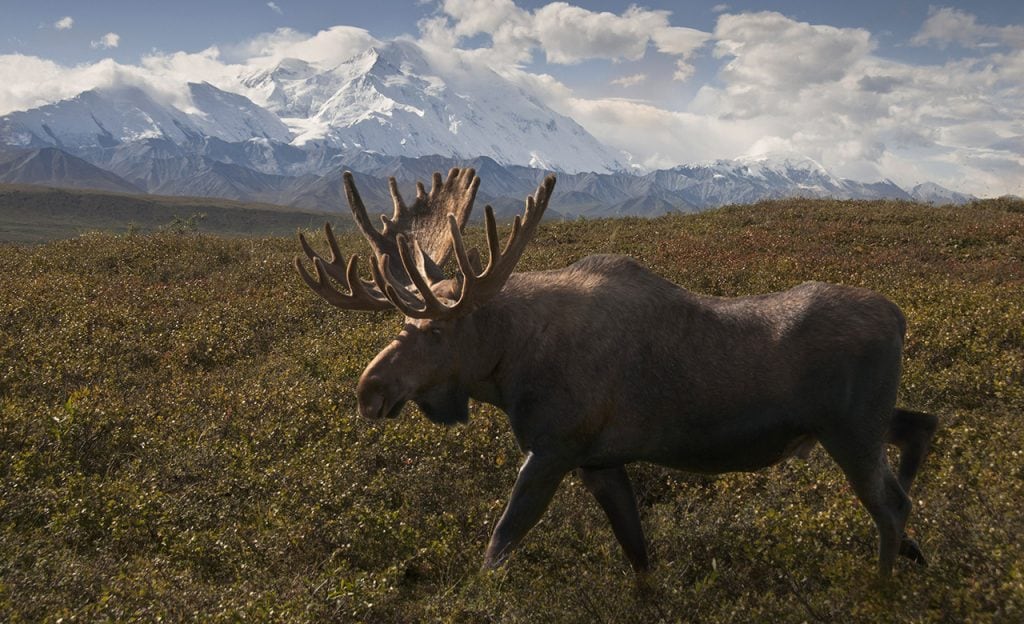
Moose: Alaska
Attributes: Majestic, independent, lover of the wilderness
Alaska has plenty of Bald Eagles—in fact the most in the world! As America’s 49th state, it’s more independent than most, so the eagles of Alaska deserve to be on the list, but they’re not the leaders of local wildlife.
The Alaskan Moose is the largest of its species and found throughout the state, including near the largest mountain in the country, Mt. Denali. If you love being in the wilderness, like these often solitary giants, Alaska has plenty to offer—like the floating ice and glaciers of the Tracy Arm Fjord and the steep, scenic Chilkoot trail in Skagway.
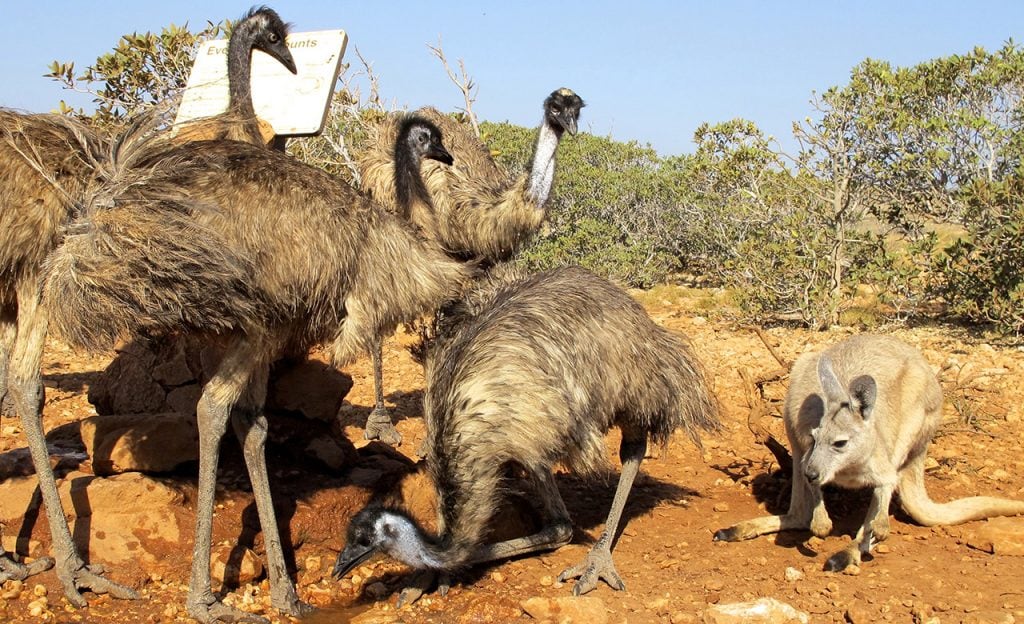
Kangaroo and Emu: Australia
Attributes: Always goes forward, covers lots of ground
Both of these native national animals grace the Australian coat of arms, are extremely fast on land, and have trouble moving backwards. That’s why they were chosen to compliment the motto, “Advance Australia.”
While visiting down under may be a bucket list trip, the world-famous architecture of Sydney and bustling metropolitan art hub of Melbourne live up to the motto and make it well worth a visit. So does a growing newcomer, Brisbane.
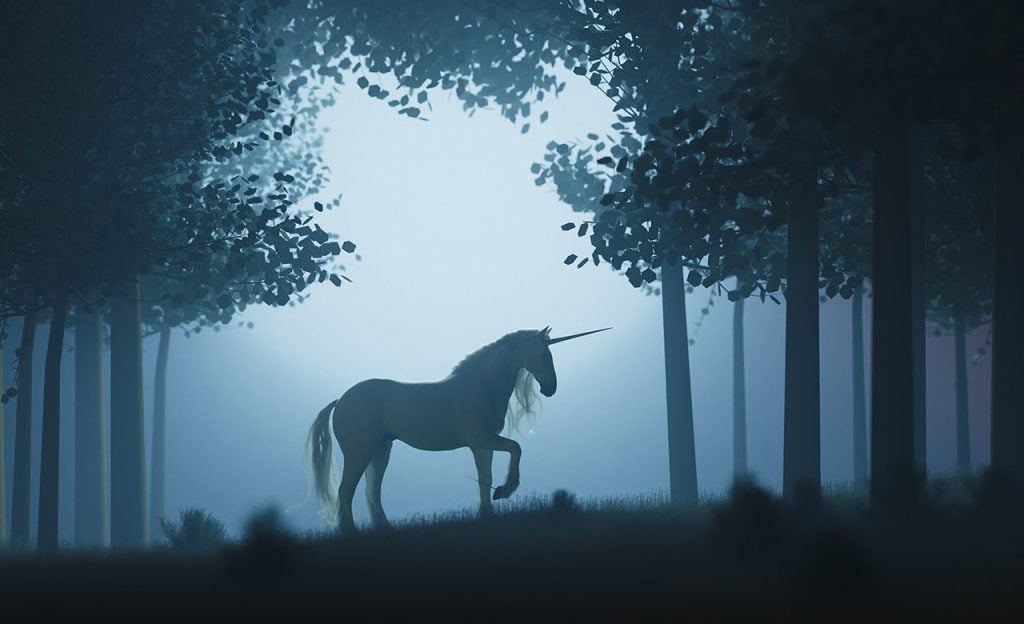
Unicorn: Scotland
Attributes: Magical, wild, valiant
Yes really, a unicorn is Scotland’s national animal. Why not? This Celtic nation has always loved myths and lore. It first appeared on the Scottish royal coat of arms in the 1100s, and you can still see ancient stone carvings of unicorns in Edinburgh.
Scotland is home to another famous mythical creature called, “Nessie,” or the monster of Loch Ness. And another of the British Isles, Wales, has the Welsh Dragon as their national animal, so Scotland is in good company.
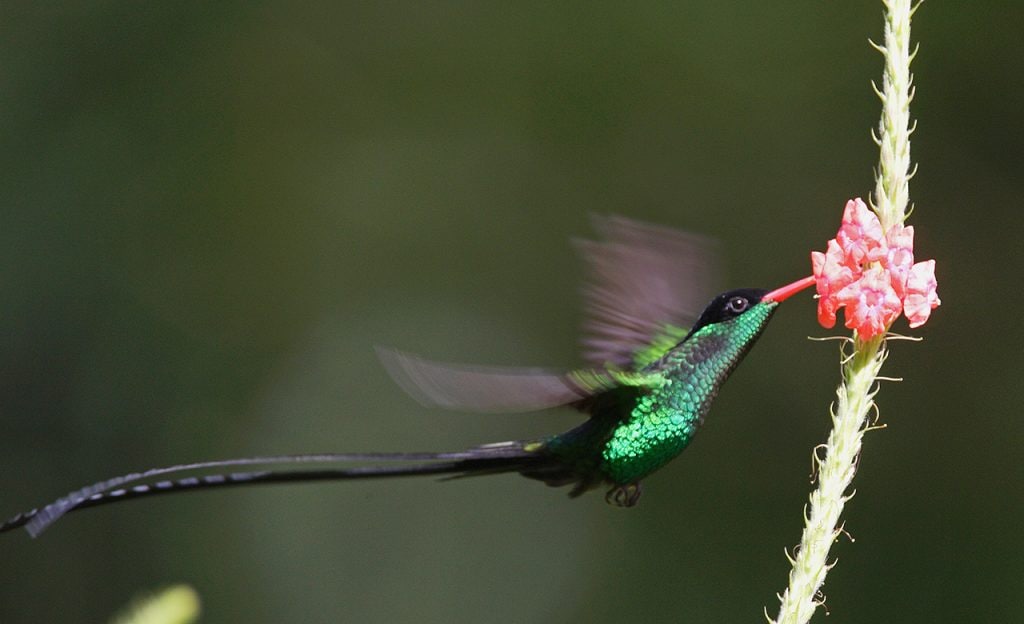
Red-billed Streamertail: Jamaica
Attributes: Energetic, colorful, lover of flowers (and sweets!)
The national animal of Jamaica is a perfect fit—green and black like the flag and full of life! This hummingbird is indigenous to the island and can be found from Montego Bay to Ocho Rios.
Red-billed Streamertails are also seen throughout the beautiful Blue Mountain National Park, which is famous for its coffee—a funny connection for a bird that buzzes at 70 wingbeats per second. They feed on insects and drink nectar from Jamaica’s colorful, tubular flowers, pollinating them in the process.
